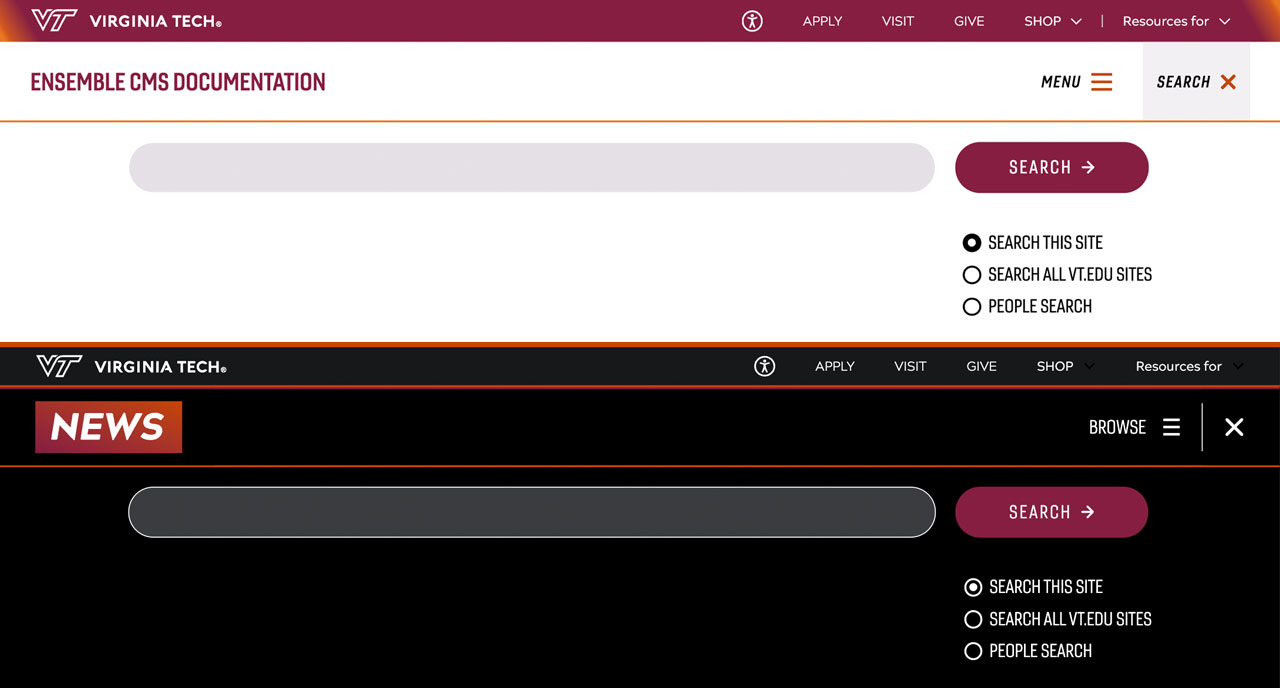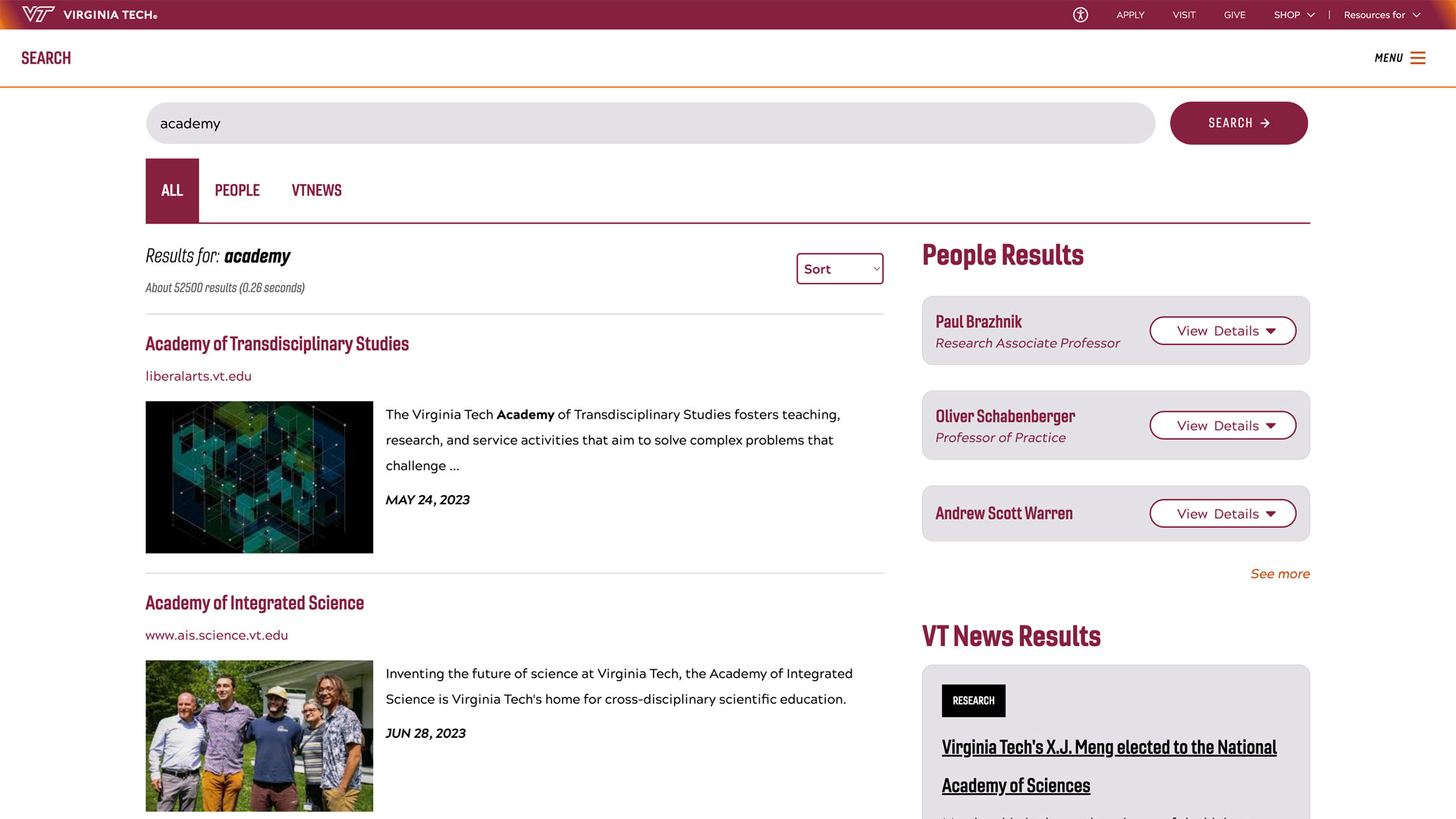Student satellite set to launch into space
After winning a national competition, the inspireFly team's ContentCube will head to low-Earth orbit on a space-selfie mission.

Blacksburg to Houston to Cape Canaveral. Final destination: low-Earth orbit.
Five years after winning a national competition, members of Virginia Tech’s inspireFly student design team went to Houston for the first step in claiming their prize: launching a cube satellite they designed and built into space.
A group of Virginia Tech undergraduates delivered their ContentCube satellite — with a novel way for the public to take a selfie in space — to a launch facilitator for final inspections. The next stop: Cape Canaveral, Florida, where the ContentCube will launch as a student payload aboard a SpaceX Falcon 9 rocket. The satellite will sit within the Northrop Grumman Cygnus NG-22 module as part of a resupply mission to the International Space Station.
A winning concept
At the Students for the Exploration and Development of Space annual SAT-2 competition in 2019, university teams were challenged to push the boundaries in designing a novel 10-centimeter cube satellite. The top prize was a fully funded launch by conference sponsors Astranis and Nanoracks.
Virginia Tech’s inspireFly team, composed of undergraduates from across the College of Engineering, the College of Science, and the Pamplin College of Business, was selected as the national winner for its ContentCube project: a unique and personalized space experience that includes a selfie-stick capturing pictures of an external LCD screen in space.
“While the initial scope of the project has changed a bit, the overall concept remains the same,” said Timothy McEvoy ’25, who earned a degree in aerospace engineering and was chief engineer for the ContentCube project. “We have a boom arm that extends out from the satellite with a mirror on the end. Our satellite is outfitted with a camera, an OLED screen, and a communication unit that connects back to the Virginia Tech Ground Station. Images will be sent up to be displayed on the OLED screen. The satellite will take a 'selfie' in space and relay that image back down to the ground station.”
Building a satellite from scratch
The project provided the students with the experience of planning a mission from start to finish. After a brief pandemic-related delay, the current team members refocused their efforts to get the ContentCube designed, fabricated, assembled, and ready for launch. Undergraduates formed subteams including mission operations, mechanical systems, programming, payload and electronics, ground station communications and business operations to develop and build the satellite with a limited budget on a tight timeline.
“We totally underestimated the time it would take to get the satellite done and manufactured,” said J.T. Jagoda, '25, who earned a degree in mechanical engineering and and served as project manager for the team. “There was so much we didn’t know and we had to figure it out together. We hand-assembled hundreds of versions of the circuit boards. We had to learn which materials hold up best in space environments. There was a lot of iterative development, which will prepare team members for working in industry.”
Operations in orbit
Later this year, the launch vehicle will dock at the International Space Station, and the ContentCube will be deployed into low-Earth orbit. The satellite will have an operational life of about three months before burning up in the atmosphere. During that time, inspireFly students will monitor the health of the unit, collect data, and download images.
While the team members are excited to see their project finally make it to space, they are also looking ahead to streamlining future missions and sharing their knowledge with the next crop of undergraduates. “This has been a long time coming, and we're all ridiculously excited for the launch,” said Jagoda. “I'm even more excited for the future of the team and what they will do next. We've built the infrastructure and developed the skill sets to have a pipeline of CubeSats coming out of Virginia Tech. There's a lot more work in that space, and there’s so much potential.”
The inspireFly team operates out of the Aerospace Engineering Design Laboratory and is advised by Research Assistant Professor Kevin Schroeder. Additional support comes from the Kevin T. Crofton Department of Aerospace and Ocean Engineering, the Virginia Tech National Security Institute, the Student Engineers Council, and the Virginia Tech Ground Station.
The project provided the students with the experience of planning a mission from start to finish. The ContentCube underwent final tests in the Virginia Tech clean room and was delivered to Houston for final inspections. Photos courtesy of inspireFly team.










